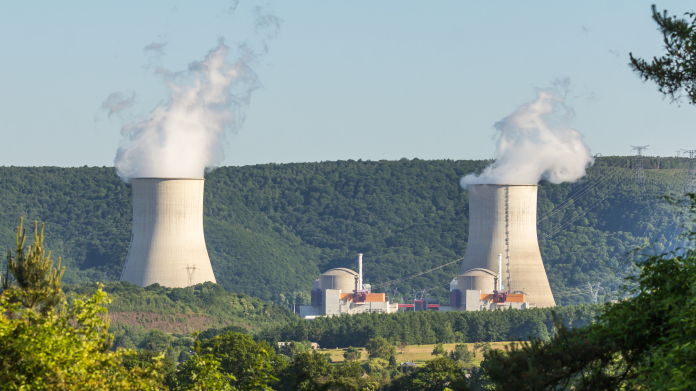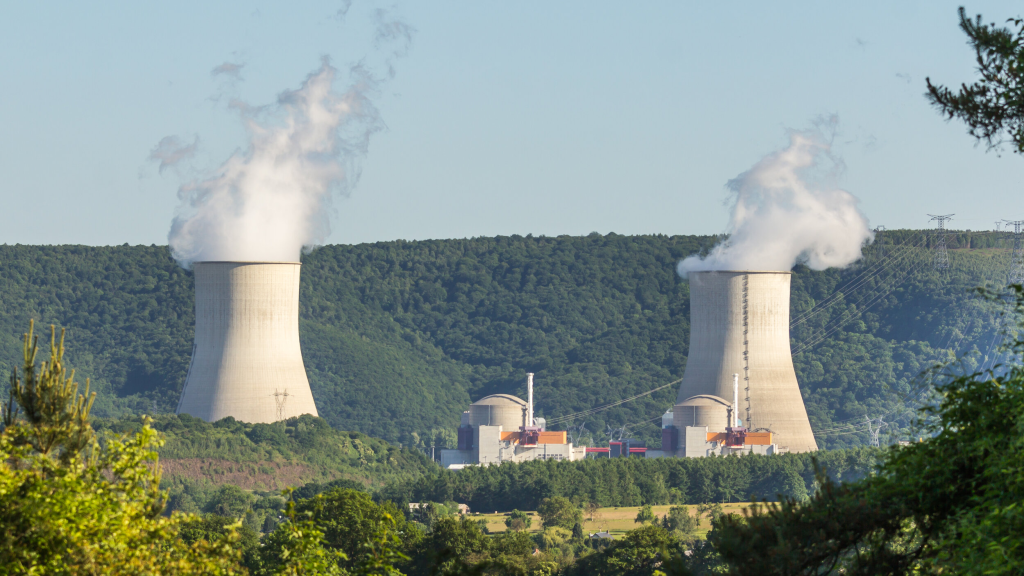
In South Asia’s nuclear confrontation, the greatest danger may not be the weapons themselves but the planetary systems they would devastate. A nuclear war between India and Pakistan each with approximately 170 warheads, would initiate firestorms whose soot might reach the stratosphere, where no rain can ever wash it out. There, it would distribute globally, blocking sunlight, freezing temperatures, and influencing precipitation patterns for years to come. The cascading effect, scientists warn, would kill up to two billion by starvation, an effect that transforms deterrence theory into not mutual assured destruction, but what scientists now call “self-assured destruction.”
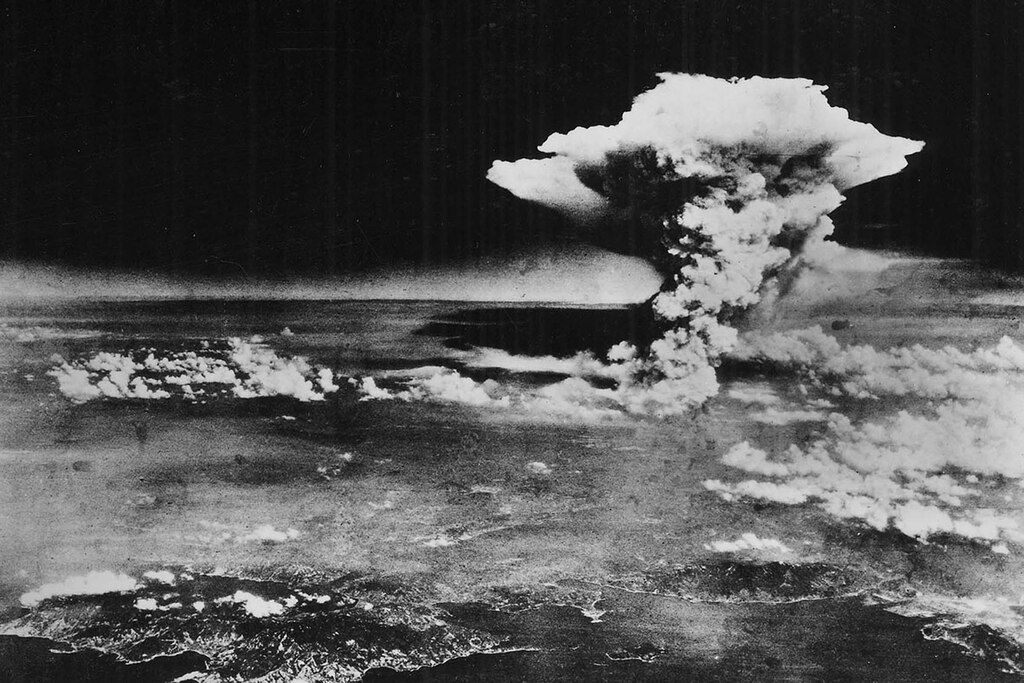
1. From Firestorms to Nuclear Winter
The physics of the catastrophe are based on decades of atmospheric science. Since the groundbreaking TTAPS report of 1983, modern simulations of soot injections by burned cities have been conducted at far higher resolution. In one modeled India–Pakistan war involving 100 Hiroshima-sized bombs, some 5 million tons of black carbon would enter the upper atmosphere. Larger arsenals could produce up to 150 million tons, cooling global average surface temperatures by as much as 14.8°C in the best years. The self-lofting property of the soot, heated by solar radiation trapped, would stabilize the upper atmosphere and prolong its time of stay, leading to the cooling persisting longer than even a giant volcanic explosion.
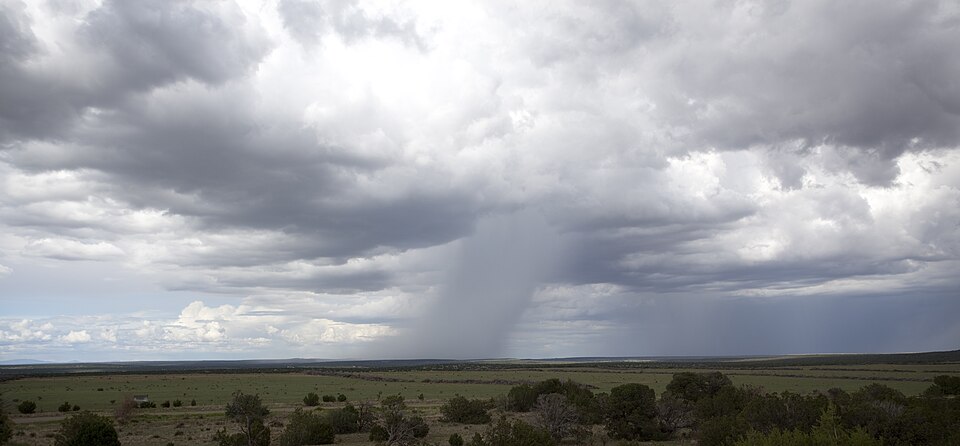
2. Decadal-Scale Climate Modeling
Researchers now use coupled Earth system models like CESM-WACCM4 to simulate not just temperature and radiation change but also the sequential effects on the oceans, monsoons, and atmospheric circulation. These models synthesize plume dynamics from huge fires, like the 2017 British Columbia fire that saw smoke traveling longer and higher than earlier estimates suggested. The simulations produced show unprecedented circulation anomalies, such as a “Nuclear Niño” is a seven-year, El Niño-sized perturbation of the Pacific for up to seven years in huge-war scenarios, altering precipitation patterns across the tropics and subtropics.
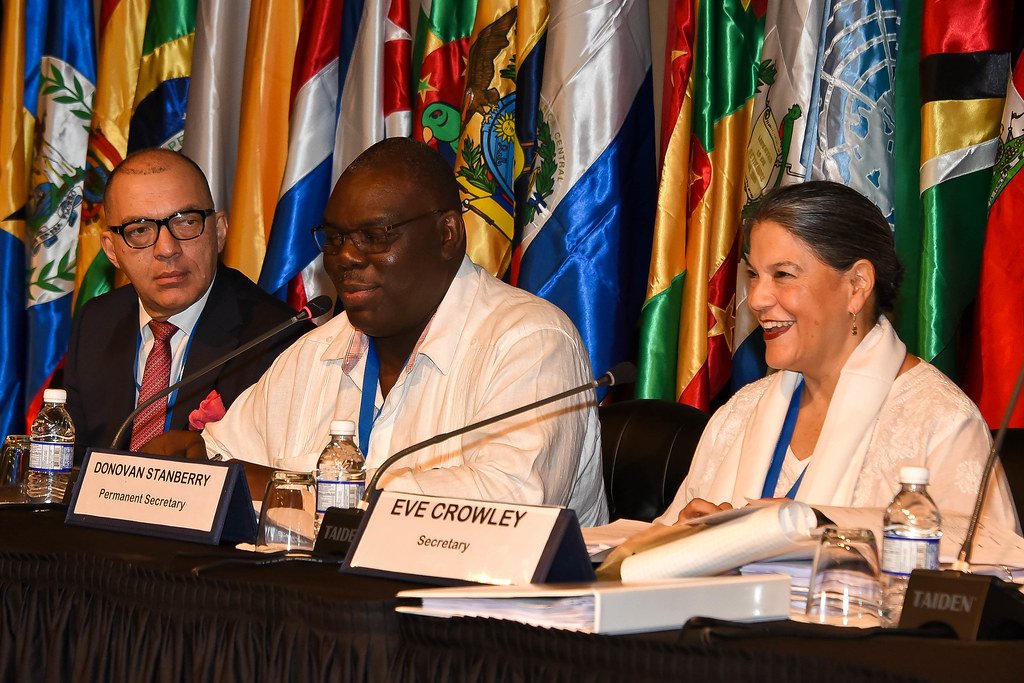
3. Agricultural Collapse and Caloric Deficits
Coupling climate models with crop models like CLM5crop unveils the farm expense. Even the low-end India–Pakistan model (5 Tg soot) reduces mean global calorie production from the principal crops by 7% in a decade and a half already above the largest historic anomaly in FAO records. In a 27 Tg scenario, mid- to high-latitude breadbaskets face >50% reductions. In the 150 Tg scenario, maize, rice, wheat, and soybean yields fall by approximately 90% within a four-year period. This is complemented by shorter growing seasons, delayed maturation, and frost damage. Agricultural export collapse from the globe’s major producers would trigger severe shortages in import-dependent regions.
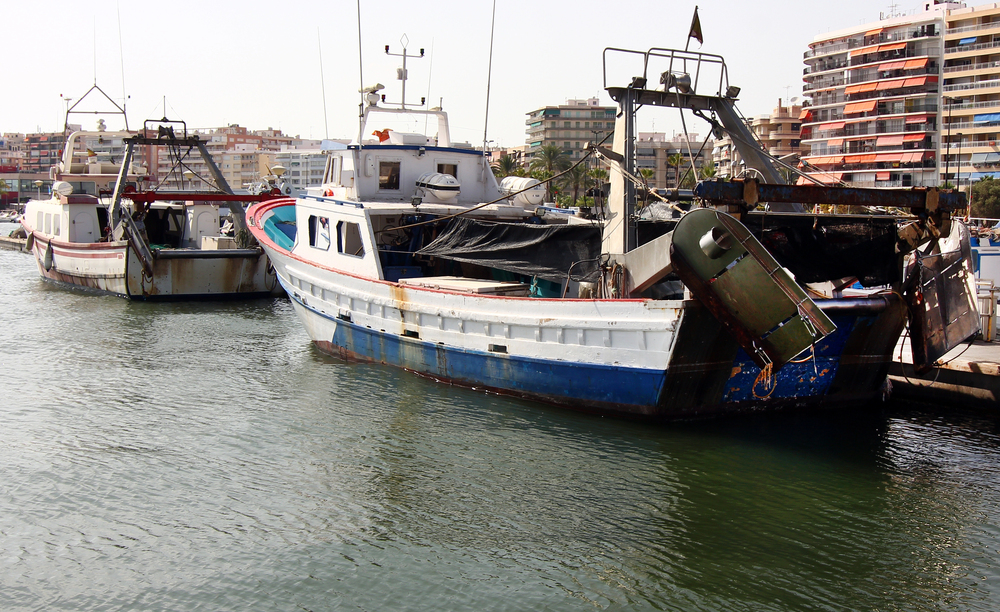
4. Fisheries Under Stress
Marine systems are no safe refuge. Biogeochemical models of the ocean estimate 3% to 37% losses of net primary productivity depending on the soot loads, with eastern equatorial Pacific home to some of the Earth’s most productive fisheries facing seasonally declining productivity rates higher than 50%. The “Nuclear Niño” regime cuts off the upwelling of nutrients, wiping out anchovy and tuna stocks. Even though fish account for just 0.5% of calories worldwide, they contribute 3.5% of protein, and losses would disproportionately burden coastal and island nations.

5. Adaptive Strategy Constraints
Emergency adaptation simulations diverting livestock feed to people, diverting biofuel crops, avoiding household food loss yield only modest gains in big-war simulations. In the best possible scenario, with 100% of livestock feed redirected, no waste, and equal distribution, the world would be able to make it through a 47 Tg soot scenario. At 150 Tg, most nations would see fewer than 25% of their population meet minimum caloric needs by Year 2. As noted by Alan Robock, “If nuclear weapons exist, they can be used, and the world has experienced nuclear war several times. Preventing nuclear weapons is the only long-term solution.”
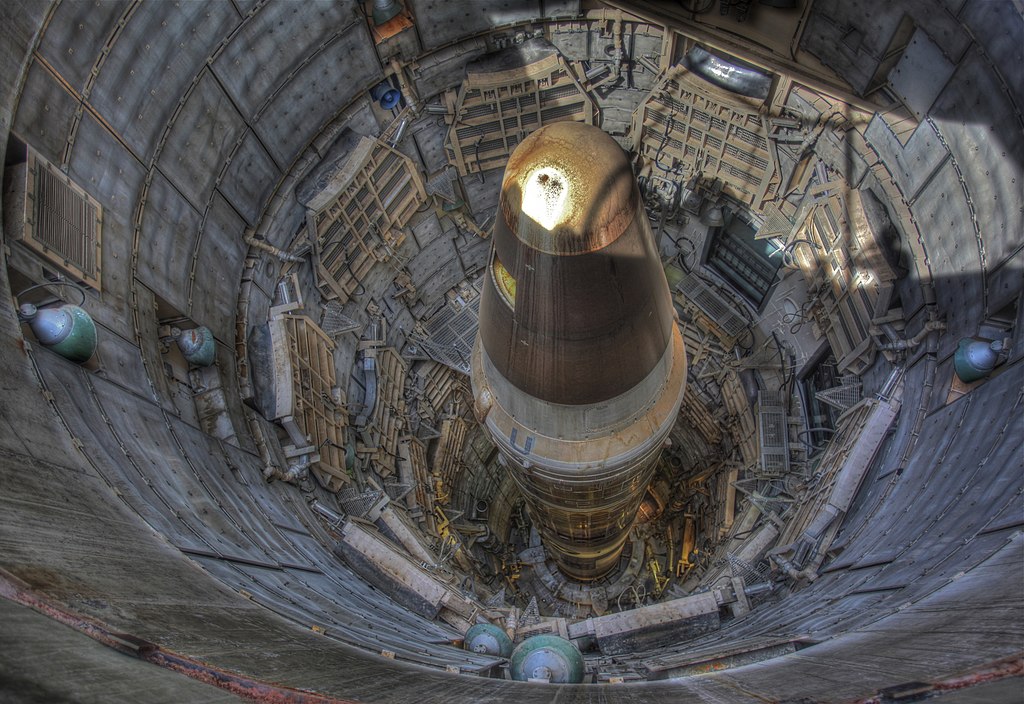
6. Engineering the Risk Down
Technical risk-mitigating measures such as de-alerting silo-based missiles to reduce the risk of accidental launch, and enhancing satellite-based early warning to prevent misinterpretation of incidents are necessary. Enhanced infrared and radar satellite constellations now enable near-real-time detection of missile launch, but false alarms are still possible, as history’s close calls show. Successful verification and fail-safe mechanisms are engineering challenges of existential significance.
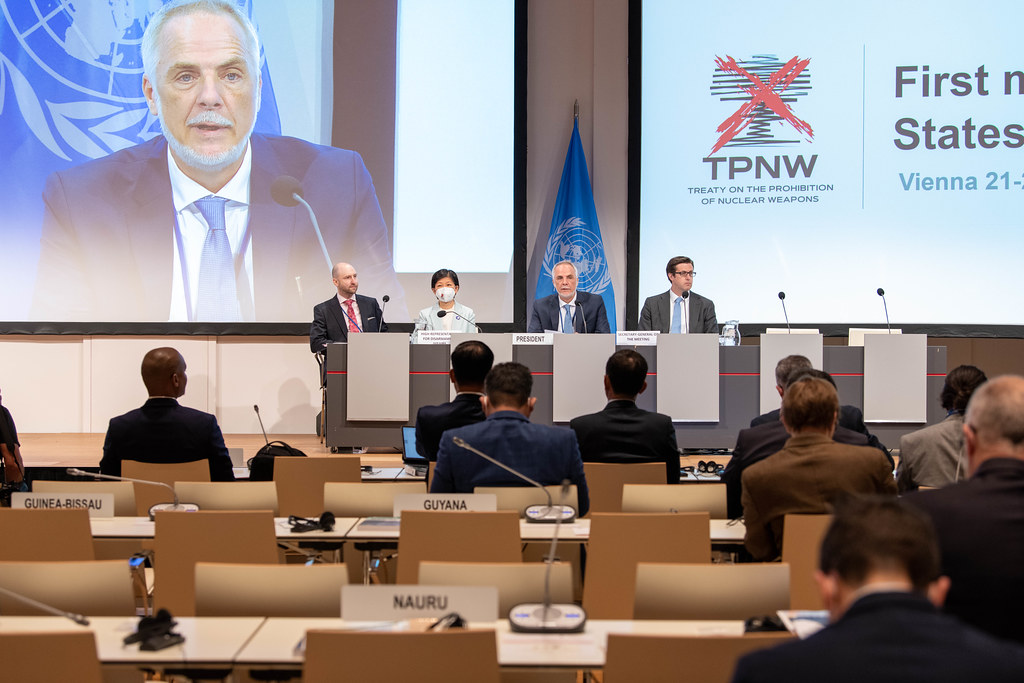
7. The Treaty on the Prohibition of Nuclear Weapons
The U.N.’s Treaty on the Prohibition of Nuclear Weapons (TPNW), in force since 2021 with 73 state parties, reorients nuclear war’s humanitarian effects as overarching security concerns. In 2024, TPNW nations won a U.N. resolution for a comprehensive scientific study into the effect of nuclear war, uniting agencies from the WHO to the WTO. 144 voted in favor of the resolution; nuclear states voted against or abstained in general. The scope of the research includes atmospheric physics, agricultural perturbation, failure of health infrastructures, and global economic impacts similar to the 1988 UNSCEAR assessment but with modern modeling methods.
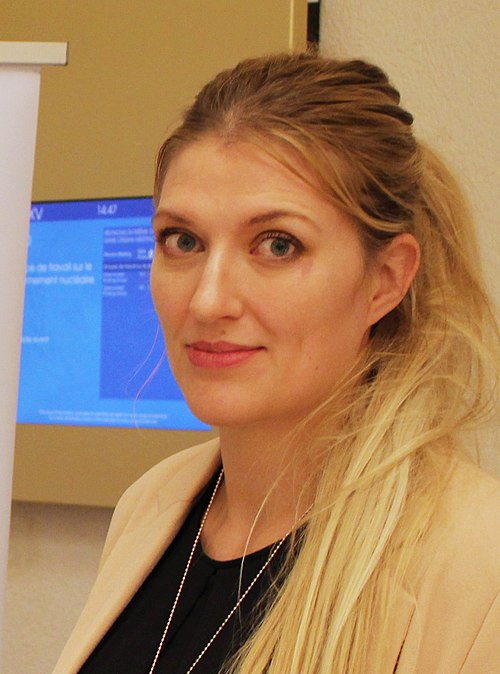
8. Deterrence Under Scientific Scrutiny
The evidence disproves the idea of nuclear deterrence as a safety guarantee. As ICAN’s Beatrice Fihn warned in her Nobel speech, “If only a fraction of today’s nuclear weapons were to be used it would annihilate food crops, threatening billions with starvation.” Awareness of those consequences discredits the political viability of deterrence theory. As Robock has argued, if “military planners accepted the ghastly effects of nuclear war, their theory of deterrence would collapse.”

The combination of high-resolution climate-agriculture modeling, ocean modeling, and global food system analysis leaves no doubt: a “limited” nuclear war would be a global catastrophe. The engineering, policy, and diplomatic tools to prevent it exist but their deployment depends on political will of the same magnitude as the scientific warning.
